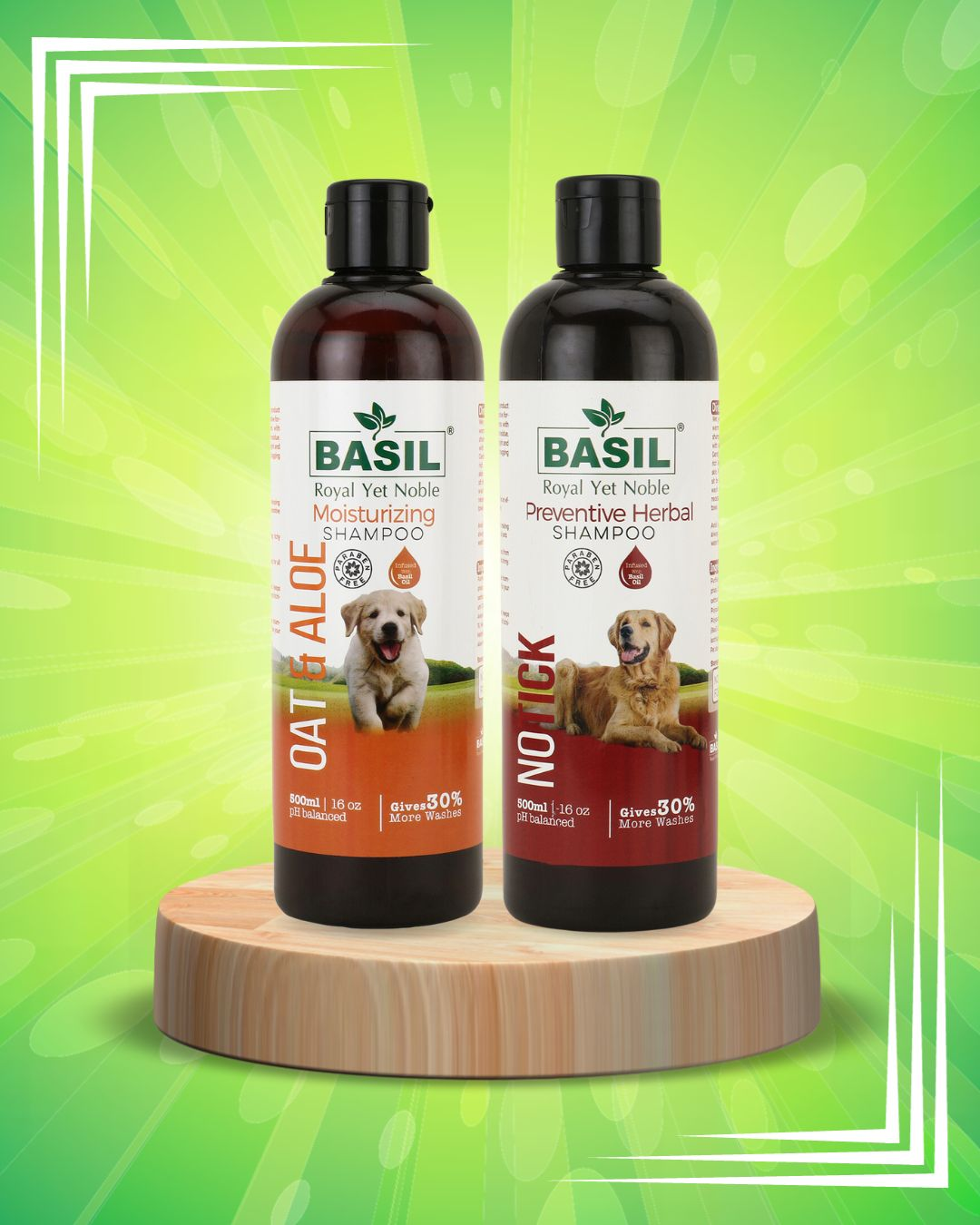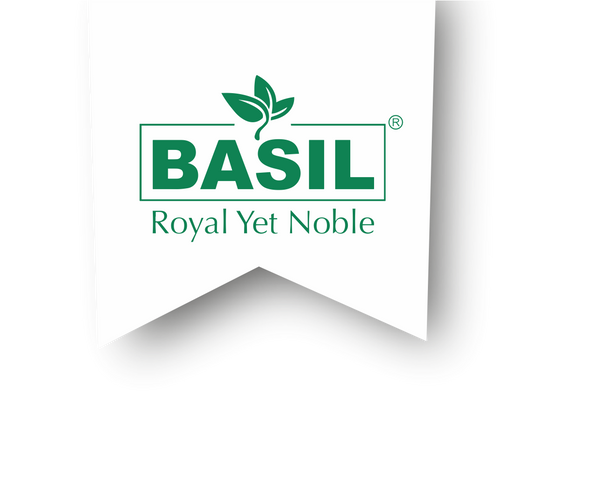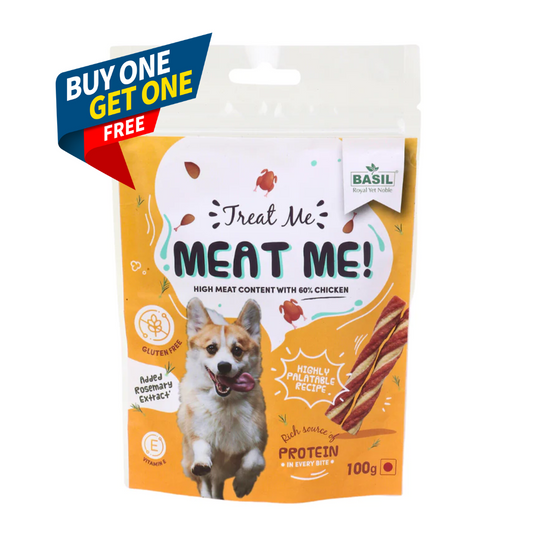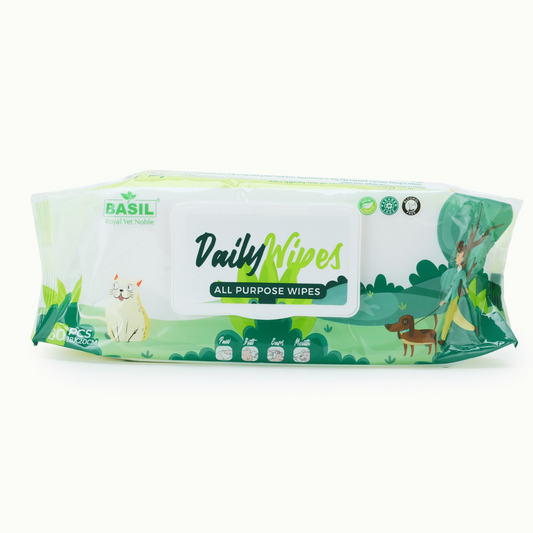
The Ultimate Guide to Choosing the Right Dog Harness for Your Pooch
Share
Imagine this: While out for a walk with your furry pal, the sun is shining, and birds are chirping, but suddenly, your dog pulls hard on the leash, gasping for air and worrying you about its safety. Does this scenario sound familiar to you? If it does, perhaps switching from collars to harnesses might be the solution—welcome to our ultimate guide on choosing one for your beloved pup.
Why Choose a Dog Harness?
Dog harnesses offer numerous advantages over collars, making them a necessary part of the walking experience for you and your furry companion. First, harnesses provide increased comfort and control by evenly disbursing pressure across the chest and shoulders without straining necks as the dog pulls. Their ergonomic design also provides an enjoyable walking experience for owners and pets alike.
Harnesses provide superior security to collars regarding holding power and peace of mind, especially for dogs who tend to pull or dart unexpectedly during walks or unexpected situations. Their sturdy construction and secure fit offer peace of mind to owners whose pets pull or dart uncontrollably.
Harnesses can also provide excellent leash training results without discomforting the pet, making them invaluable tools for teaching proper walking etiquette and developing obedience skills.
Harnesses offer incredible versatility, with some models suitable for activities like hiking, swimming, and service work. Whether your adventures involve exploring nature or cityscapes, harnesses provide your canine companion with safety, comfort, and readiness for whatever comes their way.
Canine Harness Selection: Factors to Consider

When purchasing a dog harness, various essential considerations must be considered to ensure a perfect fit and functionality for your furry friend. Let's examine these components further:
Size and Breed: Dogs come in all shapes and sizes, making suitable harnesses essential. Small, medium, and large breeds all require harnesses that provide adequate weight distribution and adjustability ranges. Small breeds may need narrower straps made of lighter materials for weight distribution, while larger breeds typically need stronger structures with wider straps for support. Furthermore, Bulldogs or Pugs with unique facial structures could benefit from harnesses designed to prevent respiratory issues or discomfort.
Dog's Activity Level: Tailoring the harness to match your pup's activity level is vital to their comfort and safety. Standard harnesses with good adjustability and comfort features are excellent choices for daily walks; when training or leash pulling occurs, front-clip harnesses may help redirect pulling behaviour while increasing focus and energy towards other activities. Padded harnesses with ergonomic straps make an excellent addition to hiking and running; lightweight quick-dry mesh harnesses offer optimal water buoyancy without weighing your pup down.
Body Type and Health: It is paramount to consider your pup's body type and any preexisting health issues when selecting an ideal harness. Greyhounds or Dobermans with deep chests could benefit from harnesses designed to distribute pressure evenly across their bodies, while barrel-chested breeds such as Bulldogs or Dachshunds may need harnesses with different styles to provide comfort. In addition, dogs suffering from arthritis or hip dysplasia could benefit from harnesses designed to minimise joint strain.
Material and Durability: Selecting high-quality, weather-resistant materials is vital for durability and comfort depending on climate and activity level. Nylon, mesh, or fleece harnesses may be suitable; all should offer breathability while offering flexibility to ensure the maximum comfort for your dog.
Ease of Use and Adjustability: Finally, prioritize harnesses with easy on/off accessibility and adjustable straps for a secure and comfortable fit. Quick-release buckles or step-in styles may further ease harnessing for nervous dogs who may become impatient during harnessing sessions.
Considering these factors when selecting a dog harness, you can ensure maximum comfort, safety, and functionality for your canine friend while enriching bonding experiences during walks and adventures.
Picking the Perfect Harness: Different Types Explained

As part of selecting the appropriate harness for your four-legged companion, it's essential to be familiar with all the types available. Here's a brief run-through:
Standard Harness (H-Back): This versatile option features two straps—one going across the back and another linking the chest plate to the back—and provides stability and support for most dog body types on daily walks.
Front-Clip Harness: Equipped with a clip on its chest plate, this harness is excellent for redirecting pulling behaviour during walks. It offers better control and helps improve focus by discouraging pulling.
Back-Clip Harness: For relaxed walkers with minimal pulling tendencies, this classic harness, with its clip located on the back, can provide an easy and comfortable solution. Its easy-to-put-on fit makes it ideal for leisurely strolls.
Head Halter Harness: This gentle alternative wraps gently around a dog's snout for precise steering control. While effective, it needs a careful introduction and may not suit all dogs due to its restrictive nature.
Step-in Harness: With its effortless pullover design that slides over your dog's head, the Step-in Harness provides convenience and comfort during walks for pets and their owners. By researching each type of harness and its unique advantages and disadvantages, you can make an informed choice that meets your dog's unique needs and activity levels.
Optimal Dog Harness Choice: Getting the Best Fit
Follow these essential steps for finding the perfect harness fit for your canine:
Measure Your Dog: Use a soft measuring tape to measure your pup's chest girth and neck circumference. Take measurements around the widest point on their chest and behind their ears - this will enable you to select an appropriate harness size for their furry pal.
The Two-Finger Test: After placing the harness on, ensure it fits snugly but not too tightly; two fingers should fit comfortably between it and your dog's body to ensure a secure yet comfortable fit that does not impede movement or cause discomfort. This test ensures a proper, secure fit without restricting movement or discomfort for both parties.
Checking Comfort: Once the harness is on your dog, look for any signs of discomfort, such as rubbing, binding, or difficulty breathing. Make sure it does not dig into their skin or restrict their movement in any way - their movement should remain free and comfortable while wearing their harness.
Follow these steps to ensure that your dog's harness fits securely and provides comfort and protection during walks or other activities.
Conclusion
In conclusion, Finding a comfortable harness is essential for your dog's comfort, safety, and enjoyment during walks. Remember to consider factors like size, breed, activity level and fit when making this selection. If you need further recommendations, please contact The Basil customer support team - happy walking.





